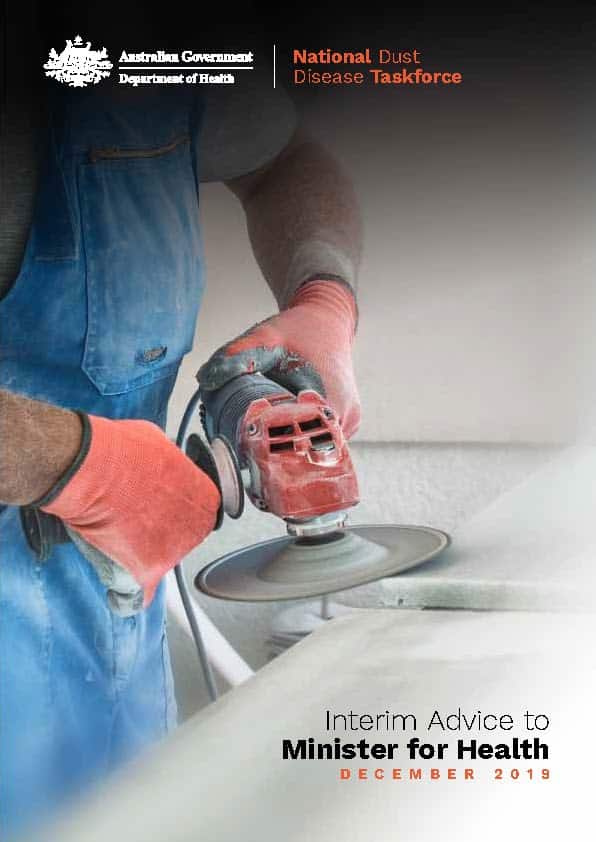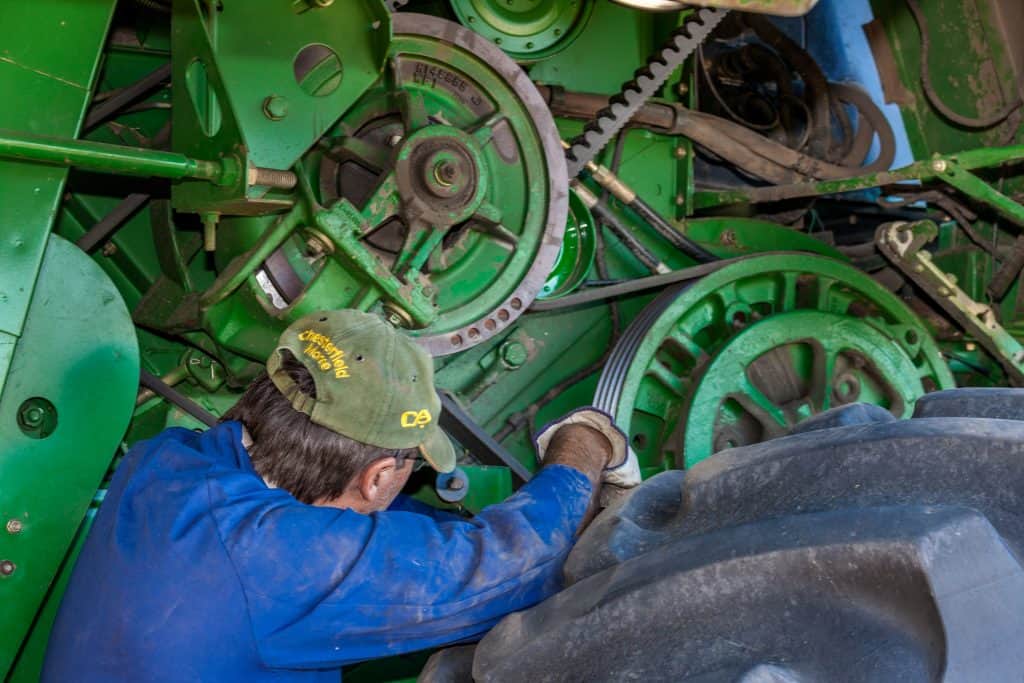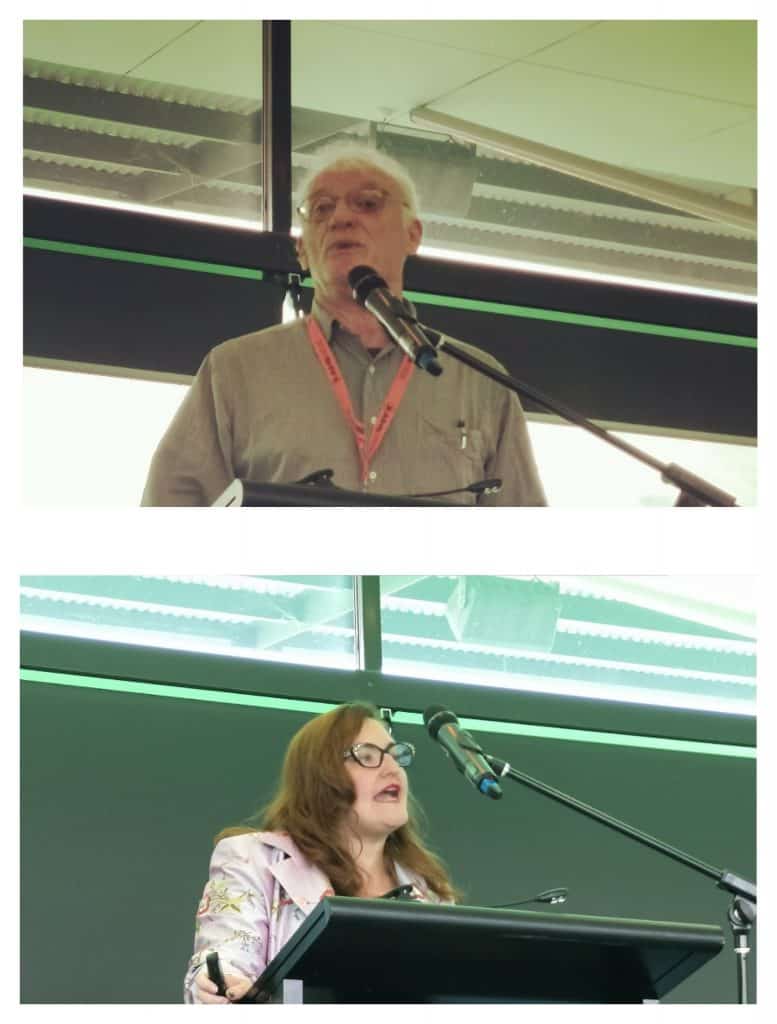It is a common response by businesses and governments to respond to an incident or an issue by imposing a new level of control. Over time, this leads to confusion, clutter and a perception that action is more complex than it could be. Responses to work-related suicide are a good example of this and the recent announcement by the Australian Government of a permanent National Commission into veteran suicides is the latest, but it needs to be more than what has gone before.
Category: Investigation
The challenge of preventing harm beyond just “primary prevention”

Fay Calderone’s article in HRDaily on workplace sexual harassment and her responses to some questions from SafetyAtWorkBlog illustrate several points of difference between the usual Legal/HR approach to the management and prevention of workplace risks and the application of the occupational health and safety (OHS) approach. These points of difference are discussed below.
Leadership discussion, policies and training
The prevention of harm is a core principle of occupational health and safety. OHS professionals strive to eliminate hazards at the earliest opportunity and apply the precautionary principle as often as possible. Prevention is aimed at detecting early indications or precursors of hazards, such as those occurring in a Near Miss.
The media shows its ignorance on OHS in Dreamworld reports

Today, the Queensland Coroner, James McDougall, handed down his findings into the deaths of four people at Dreamworld in 2018. The findings show major breaches of Queensland’s work health and safety (WHS) laws so why is the mainstream media saying Ardent Leisure, the owner of Dreamworld, could be prosecuted under industrial relations laws?
Good progress, but………

The Australian Government is starting to address the silicosis risk associated with engineered stone. The Health Minister, Greg Hunt, has said in a media release on January 23 2020 that the government will accept all five recommendations of the interim advice of the National Dust Disease Taskforce. However, some of these seem half-hearted and some actions will take a long time, which does not necessarily help those workers currently at risk.
Innovation rather than complaints needed on safety

The Victorian “Labor” Government has submitted its Workplace Manslaughter legislation to its Parliament. Debate is likely to begin, in earnest, from November 12, 2019. There were several surprises on which various business associations have expressed concerns, one surprise was that businesses seem to have been ignored by the government.
In many ways, the challenges are less about the legislation than what those business associations plan to do about occupational health and safety themselves.
Small packages, big info
Face-to-Face communication trumps electronic communication every time. This is true for telling stories to trauma counselling to telling someone you love them.

Sixty delegates attended the one-day occupational health and safety (OHS) symposium in Tasmania yesterday. These symposia seem to be the modern equivalent of the traditional conference, especially in Australia, and offer the opportunity for better conversations about OHS. This format still has some need for refinement but it seems more informative than a lecture and less confusing than a multi-streamed big conference of thousands of people.
Keep talking and making submissions – what to ask about dust
Government attention on the risks of silicosis, especially those related to engineered stone, continues to increase. Australia has established a National Dust Disease Taskforce to investigate the risks and to make recommendations to the government at the end of 2020. A national investigation is warranted but occupational health and safety (OHS) is regulated at State level so it could be many years until safety improves on this matter, if the States wait for the Taskforce’s final report.
Luckily, the debate on silicosis risks continue in various Parliaments and the Taskforce is seeking submissions.
